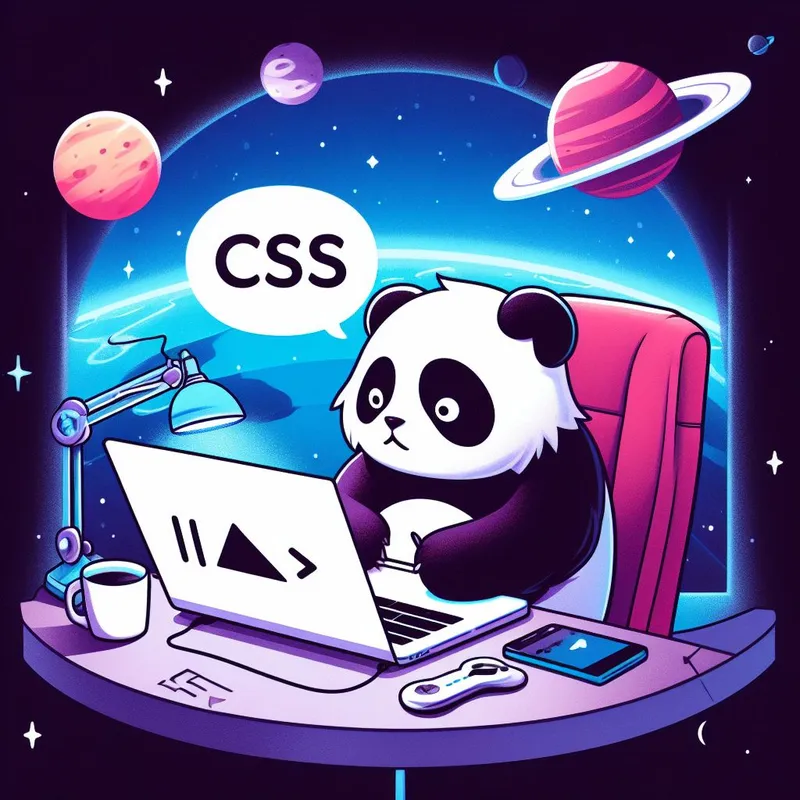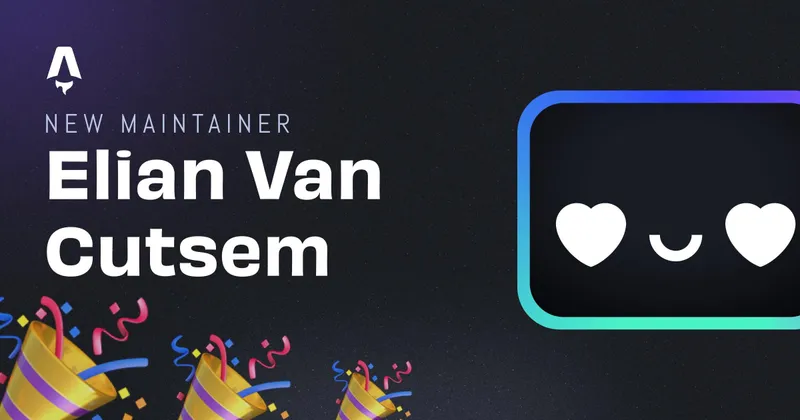Describe your commits using Gitmoji
Describing your commits can be a difficult task. You can write down everything you changed or improved, or you can let the code speak for itself. Gitmoji makes this a whole lot easier by using emoji.
What is Gitmoji
Gitmoji is a simple way to categorize commits or pull requests in an instance without a describing text. It uses emoji’s linked with a description to categorize the changes made in one commit. If you’re thinking that your commit should have more than one Gitmoji, you’re probably making too big commits, but if you really want to, you can always add more than one to the commit message. After some time of using Gitmoji, you won’t even need to think about them anymore and it goes quite natural
Why I love Gitmoji
For me personally, it’s so awesome to scroll back into a timeline of commits and instantly get an idea about what all those commits are. This also translates to searching something you changed some commits ago; although you could use git blame or use an extension like gitlens for that.
How I use Gitmoji
When you check the commits of the public repository of this very site, you’ll instantly see every commit has a Gitmoji. If you know what they mean, you’ll even have an idea what they all (roughly) are about.
If you are a regular visitor of this blog, you might have noticed that I use the same system to categorize my blogposts. In this way, a user can just search using an emoji instead of a keyword and still find related articles to that topic. Awesome right!
Some of my most used Gitmoji’s
- 🔍 do some SEO work
- 👷♂️ work on CI-CD
- 🐛 fix a bug
- ✨ introduce new features
- ♻ do some refactoring
- 🚑 hotfixes
- 🔧 configuration work
- 💄 work on UI
- ⬆ upgrade packages
- 📝 textual work (like blogposts)
- 🍱 asset updates
For a full list and description, see the gitmoji.dev site
Written by Elian Van Cutsem
← Back to blog



